Summary | Excerpt | Reviews | Beyond the book | Read-Alikes | Genres & Themes | Author Bio
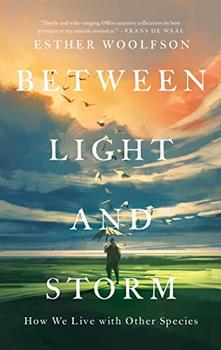
 Book Reviewed by:
Book Reviewed by:
Elisabeth Herschbach
Buy This Book
We dote on our pets, shelling out some $150 billion a year globally on their care and pampering them with specialty foods and luxury accessories. Meanwhile, however, we've turned farms into factories where animals are treated like commodities in a vast industrial operation, living out their artificially shortened lives in conditions of cruel confinement. Millions of animals are bred each year simply to be pumped full of chemicals and mutilated in laboratories so that we can test out the drugs and products we consume. Millions more are slaughtered to supply fur for the fashion industry or hunted in the wild, sometimes to the brink of extinction, for sport, entertainment or trade.
Tracing the evolution of human-animal interactions from the singular fascination with animals recorded in cave paintings by our prehistoric ancestors to our current era of habitat destruction and biodiversity loss, Scottish naturalist and writer Esther Woolfson raises important questions in Between Light and Storm about how we treat animals, how we view our own place in the natural world, and what consequences human behavior has both for other species and for the planet we share.
What makes us willing to treat other sentient beings with such barbarity? On what basis do we privilege some animals over others, and how do we reconcile the double standard between the animals we choose to value and protect and those we condemn to be industrially bred, slaughtered, poached, exploited or driven to extinction? What are the differences that separate humans from other species, and are any of them morally relevant enough to justify the suffering we impose on non-human animals?
Woolfson makes her own answer to that last question forcefully clear. "The differences between species are less important than our humanity, and all humanity is tainted by these actions," she writes. "Our tragedy may be that we can judge only by our own methods, our own ideas, caged within the bounds of our all too limiting human view, our cosmic, wanton solipsism."
The book, however, is structured not as a systematic argument for Woolfson's view or a treatise on animal rights and welfare. Rather, Between Light and Storm is a cultural history of ideas. Interspersing personal anecdotes and reminiscences with discussions of science, literature, art, philosophy and religion, Woolfson surveys the belief systems that have shaped Western attitudes about other species, examining why some strands of thought have prevailed over others and what the repercussions of this cultural inheritance have been for animals and the environment.
In the sixth century BCE, the Greek philosopher Pythagoras advocated vegetarianism, decried cruelty to animals and argued that all living beings are equal. But unfortunately for our cohabitants on Earth, it was another ancient Greek philosopher whose ideas about the natural world had the most lasting influence on Western thought—Aristotle, born two centuries after Pythagoras, who described nature as a hierarchy of lower and higher beings, with humans at the top, arguing that our place at the pinnacle of creation frees us from any obligation toward the lesser beings below us.
Adeptly following the various permutations of this idea through history, Woolfson shows how it fused with the biblical belief that humans enjoy a God-granted dominion over other creatures, shaped the conceptual framework of a wide range of thinkers, both religious and secular, and filtered into broader social attitudes—with devastating consequences for animals and the natural world.
Arguing that the belief in human ascendancy has all too often been interpreted as a license to exploit, plunder and destroy, Woolfson discusses some of our most ethically fraught practices involving animals, including treatment of farm animals, the fur industry, the illegal wildlife trade and hunting for sport, which in Europe claims the lives of some 36 million migrating birds every year, many of them critically endangered species. Along the way, she also draws interesting parallels to some humans' treatment of other humans, showing how the reasoning used to justify cruelty to other species has also been used throughout history to objectify, marginalize and deny equal standing to members of our own.
Woolfson's style is meandering at times, digressing into tangents that can give her writing an unfocused feel, and she has a tendency to rely too much on strings of rhetorical questions in place of direct analysis and sustained argumentation. But although the book would benefit from smoother transitions between ideas and tighter analysis, Between Light and Storm is thought-provoking, perceptive and crammed with interesting ideas presented in an accessible way.
An honorary fellow in the Department of Anthropology at Aberdeen University and a former artist-in-residence at the Aberdeen Centre for Environmental Sustainability, Woolfson writes beautifully about the natural world, with passages of sheer lyricism that make the book a joy to read. And given the direness of the current climate crisis—damage wrought to the planet by human hubris—her message of compassion and humility could not be more apt, her plea that we rethink our relation to the natural world more urgent.
Like all the other species on Earth, many far more ancient than us, humans are one small part of a shared environment, dependent on it, not sovereign over it. "None of us is different. Together, we cling in whichever way we can to the surface of the earth," Woolfson writes. "The belief that humans are not only exceptional but superior to every other species is being shown increasingly to be absurd—it seems exceptional in itself that it has taken the imminent catastrophe of species loss and global warming to begin to demonstrate what we might have known all along, that we're only part of a chain, not the sole and brutal wielder of it."
![]() This review
first ran in the February 1, 2023
issue of BookBrowse Recommends.
This review
first ran in the February 1, 2023
issue of BookBrowse Recommends.

If you liked Between Light and Storm, try these:
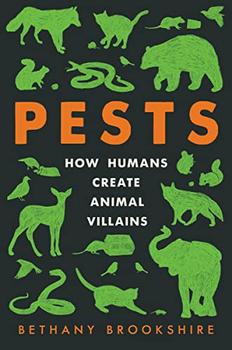
by Bethany Brookshire
Published 2023
An engrossing and revealing study of why we deem certain animals "pests" and others not - from cats to rats, elephants to pigeons - and what this tells us about our own perceptions, beliefs, and actions, as well as our place in the natural world.
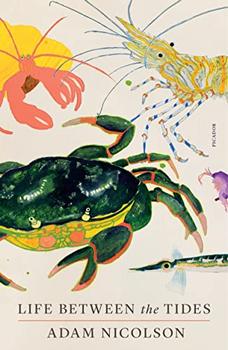
by Adam Nicolson
Published 2023
Adam Nicolson explores the marine life inhabiting seashore rockpools with a scientist's curiosity and a poet's wonder in this beautifully illustrated book.
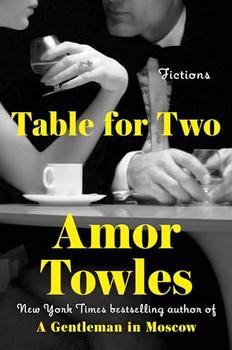
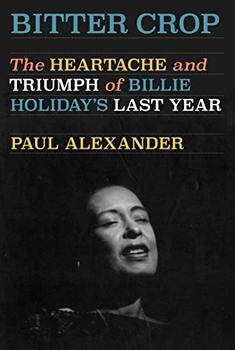
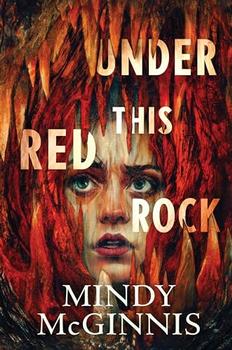
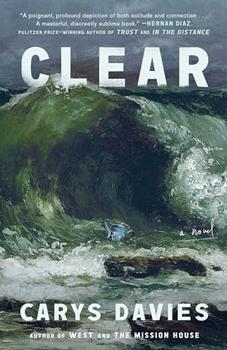

The House on Biscayne Bay
by Chanel Cleeton
As death stalks a gothic mansion in Miami, the lives of two women intertwine as the past and present collide.

The Flower Sisters
by Michelle Collins Anderson
From the new Fannie Flagg of the Ozarks, a richly-woven story of family, forgiveness, and reinvention.

The Funeral Cryer by Wenyan Lu
Debut novelist Wenyan Lu brings us this witty yet profound story about one woman's midlife reawakening in contemporary rural China.
Your guide toexceptional books
BookBrowse seeks out and recommends the best in contemporary fiction and nonfiction—books that not only engage and entertain but also deepen our understanding of ourselves and the world around us.